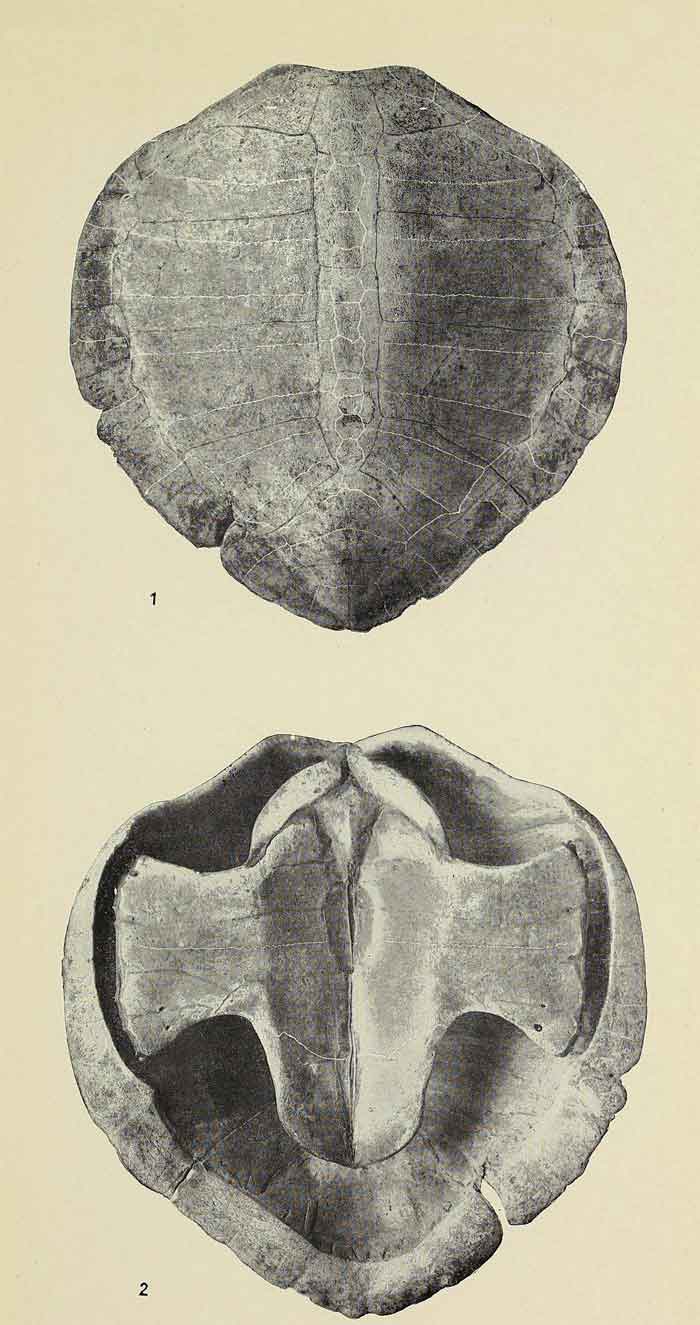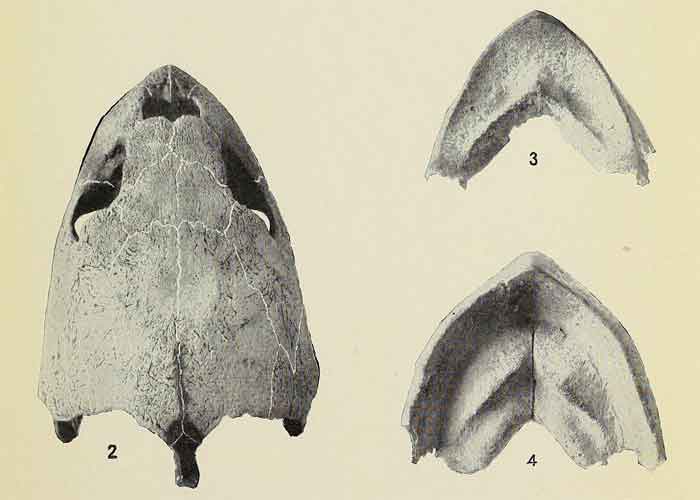Superregnum: Eukaryota
Cladus: Unikonta
Cladus: Opisthokonta
Cladus: Holozoa
Regnum: Animalia
Subregnum: Eumetazoa
Cladus: Bilateria
Cladus: Nephrozoa
Superphylum: Deuterostomia
Phylum: Chordata
Subphylum: Vertebrata
Infraphylum: Gnathostomata
Megaclassis: Osteichthyes
Cladus: Sarcopterygii
Cladus: Rhipidistia
Cladus: Tetrapodomorpha
Cladus: Eotetrapodiformes
Cladus: Elpistostegalia
Superclassis: Tetrapoda
Cladus: Reptiliomorpha
Cladus: Amniota
Classis: Reptilia
Cladus: Eureptilia
Cladus: Romeriida
Subclassis: Diapsida
Cladus: Sauria
Cladus: Archelosauria
Division: Pan-Testudines
Division: Testudinata
Ordo: Testudines
Subordo: Cryptodira
Superfamilia: Chelonioidea
Familia: Cheloniidae
Subfamilia: Carettinae
Genus: Lepidochelys
Species (3): L. kempii – L. olivacea – †L. waikatoica
Name
Lepidochelys Fitzinger, 1843
References
Vernacular names
Deutsch: Bastardschildkröten
English: Ridley Sea Turtles
日本語: ヒメウミガメ属
தமிழ்: கடல் சிற்றாமைகள்
ไทย: เต่าริดลีย์, เต่าหญ้า, เต่าสังกะสี


Lepidochelys kempii
Ridley sea turtles are a genus (Lepidochelys) of sea turtle comprising two species: Kemp's ridley sea turtle and the olive ridley sea turtle.
Kemp's ridley sea turtles are currently on the New York and United States lists of endangered species.
Anatomy
Adult ridley sea turtles grow to a length of 51–71 cm (20–28 in), and weight of 36–50 kg (79–110 lb). They feed on crabs, fish, cephalopods, clams, and some marine vegetation.
Etymology and taxonomic history
The origin of "ridley" is a subject of speculation. Prior to being known as ridleys, French naturalist Bernard Germain de Lacépède referred to the Lepidochelys species as "bastard turtles." Renowned sea turtle conservationist Archie Carr claimed that "ridley" was a common Floridan term, quite possibly, a dialectal corruption of "riddle."[1]
Conservation
The Kemp's ridley sea turtles were on the brink of extinction in the 1960s with low numbers of 200 nesting individuals. Due to strict laws that protected their nesting sites in Mexico and altered fishing gear to avoid accidental capture of the Kemp's ridley, their numbers have increased to estimated an 7000–9000 nesting individuals today. The olive ridley sea turtle is considered to have the most abundant numbers today, estimated as 800,000 nesting individuals. The threats to their survival are loss of nesting habitat, direct harvest of the eggs and adults, and entanglement in fishing gear. Laws against harvesting the adults and eggs also have helped the olive ridley sea turtles' numbers gradually increase.
Female after laying eggs
References
Dundee, Harold A. (2001). "The Etymological Riddle of the Ridley Sea Turtle". Marine Turtle Newsletter. 58: 10–12. Retrieved 2008-12-30.
Retrieved from "http://en.wikipedia.org/"
All text is available under the terms of the GNU Free Documentation License

